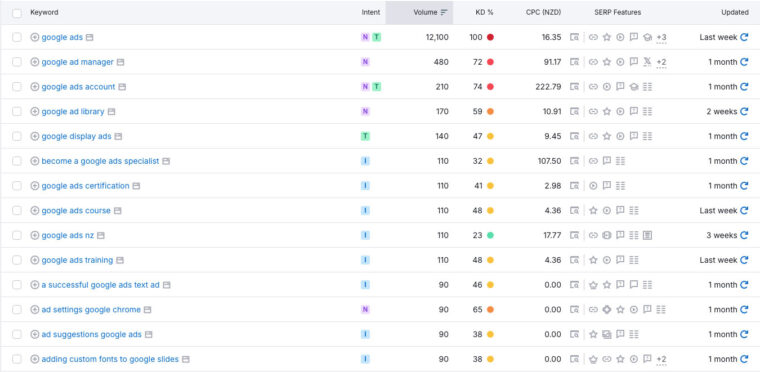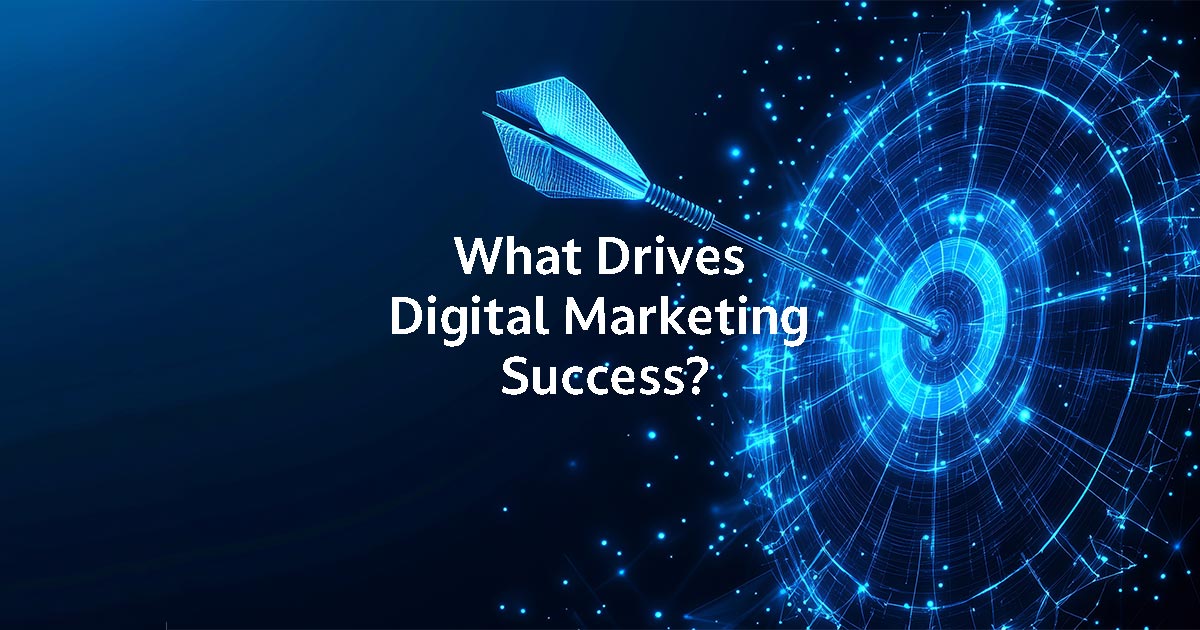Digital Marketing Success is key for any business advertising or marketing online. At Back9 Creative we are pretty vocal about how in today’s age, businesses need to stay competitive. And in particular, this means online! One way to do this is by leveraging the expertise of a digital marketing agency.
These agencies are specialists in promoting brands online. They use a variety of strategies to help businesses reach their target audience.
From search engine marketing to social media management, these agencies offer a wide range of services. They tailor their approach to meet the specific needs and goals of each business.
But how exactly do digital marketing agencies drive success? What role do they play in business growth and online visibility?
This article will delve into these questions. It will explore the benefits of partnering with a digital marketing agency and the impact they can have on your business.
So, whether you’re a business owner, a marketing manager, or just curious about digital marketing, read on to learn more.
Understanding Digital Marketing Agencies
A digital marketing agency specialises in promoting brands and products online. They have expertise in a variety of digital channels and platforms.
These agencies help businesses establish a strong online presence. They achieve this through tailored marketing strategies and techniques.
The scope of services offered by a digital marketing agency is vast. It ranges from SEO (search engine optimisation) to social media marketing.
By partnering with a digital agency, businesses gain access to specialized skills and knowledge. This partnership ultimately leads to improved online performance and visibility.
The Role of Digital Marketing in Business Growth
In the past 10 years, and the past 6 months marketing strategies have evolved. They are ever evolving. Businesses rely on digital marketing to drive growth and expand their reach.
Digital marketing enhances brand visibility in a crowded market. It allows companies to engage with their audience through diverse channels.
By utilising digital marketing, businesses can target specific demographics. This targeted approach ensures efficient use of marketing resources.
Ultimately, digital marketing plays a crucial role in generating leads and increasing sales. It provides a measurable impact on the growth of a business.
Core Services Offered by Digital Marketing Agencies
Digital marketing agencies often offer a wide range of services. These services aim to enhance online visibility and achieve specific business goals. But remember each of these services are specialties in their own right. Make sure if you want to work with an agency who say they are “full service” or “a one stop shop” that they have the team to back that up!
An agency typically provides the following core services to clients:
- Search Engine Optimisation (SEO)
- Pay-Per-Click (PPC) Advertising
- Social Media Management
- Content Marketing and Strategy
- Analytics and Reporting
SEO helps businesses improve their search engine rankings. This leads to increased organic traffic and visibility.
PPC advertising is a cost-effective way to gain immediate visibility. It targets customers actively searching for relevant products or services.
Social media management builds brand awareness and engages users. It involves creating, scheduling, and analysing content across platforms.
Content marketing is crucial for building trust and authority. It involves creating valuable and relevant content to attract audiences.
Each of these services plays a critical role. Together, they form a comprehensive approach to digital marketing success.
Search Engine Optimisation (SEO)
SEO is vital for boosting a website’s visibility. It involves optimising content to rank higher in search engine results.
A digital marketing agency uses various techniques to enhance SEO. These include keyword research, on-page optimisation, and link building.
Effective SEO strategies lead to increased organic traffic. This helps businesses reach more potential customers online.
Pay-Per-Click (PPC) Advertising
PPC advertising, such as Google Ads, provides immediate results for businesses. It involves paying for ads that appear on search engines and other platforms.
Agencies manage PPC campaigns by selecting relevant keywords. They create compelling ads to attract clicks and drive traffic.
The advantage of PPC is precise targeting. It allows businesses to reach users actively interested in their products.
Social media management is essential for building online communities. Agencies create and share content to engage followers.
Effective social media strategies increase brand loyalty and awareness. They help businesses communicate directly with their audience.
Agencies also analyse social media metrics to improve strategies. This ensures continuous engagement and growth for brands.
Content Marketing and Strategy
Content marketing focuses on delivering valuable information to audiences. It helps establish a company as a thought leader.
Agencies craft content strategies tailored to specific business goals. They use blogs, videos, and infographics to captivate readers.
The right content strategy builds trust and generates leads. It is crucial for long-term digital marketing success.
Measuring Success: Analytics and Reporting
Analytics and reporting are pivotal in digital marketing. They provide insights into the effectiveness of strategies.
Digital marketing agencies use analytics to track metrics. These metrics include website traffic, conversion rates, and user engagement.
Reporting helps businesses understand their return on investment (ROI). Agencies provide clear reports, highlighting areas for improvement.
By analysing data, agencies can refine strategies. This ensures that marketing efforts align with business objectives and produce desired results.
Ultimately, thorough analytics and reporting drive informed decision-making. They allow businesses to continuously optimise their digital presence.
Tailoring Strategies to Business Goals
Every business is unique, with specific goals. Digital marketing agencies recognize this diversity.
These agencies customise their strategies. They align marketing tactics with the client’s objectives.
This tailored approach increases marketing effectiveness. Businesses receive solutions that address their distinct needs.
Moreover, customisation ensures better engagement and results. Agencies adjust campaigns as goals evolve. This flexibility helps maintain alignment with business growth.
The Benefits of Outsourcing to a Digital Marketing Agency
Outsourcing to a digital marketing agency offers numerous advantages. It brings expertise and experience that might be lacking internally.
Agencies have a team of specialists in various fields. This specialization is crucial for comprehensive marketing.
Cost-effectiveness is another benefit. Hiring an in-house team can be more expensive than outsourcing.
Additionally, partnering with an agency saves time. Businesses can focus on core operations while the agency handles marketing efforts.
Outsourcing also provides access to the latest tools and technologies. Agencies stay updated with industry trends, ensuring effective marketing strategies.
Moreover, they offer objective insights. An external perspective can be valuable for identifying growth opportunities.
Choosing the Right Digital Marketing Agency
Selecting the right digital marketing agency is critical. It impacts your business’s online success and growth.
First, identify your business needs. Understanding these helps in matching agency strengths with your goals.
Research potential agencies thoroughly. Look at their past work and client reviews to gauge their effectiveness.
Communication is key. Ensure the agency understands your vision and can execute strategies aligned with it.
Compare pricing structures. Some agencies offer flexible plans that might better suit your budget constraints.
Finally, check their adaptability. A good agency is willing to evolve strategies as your business grows.









